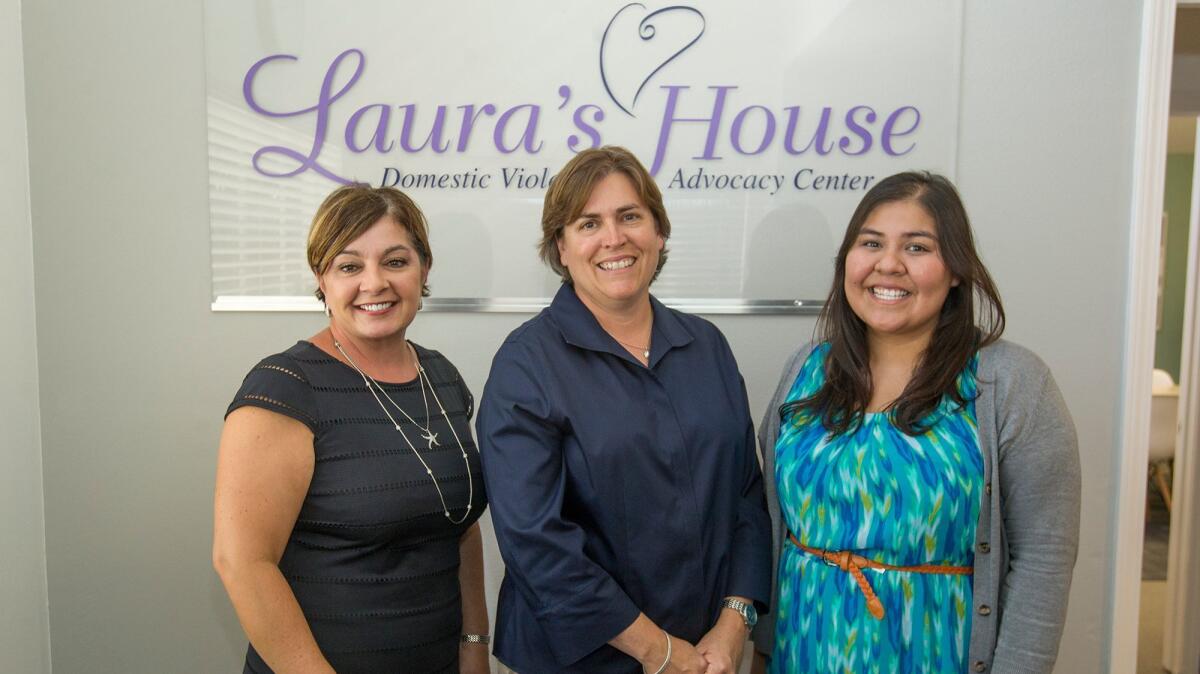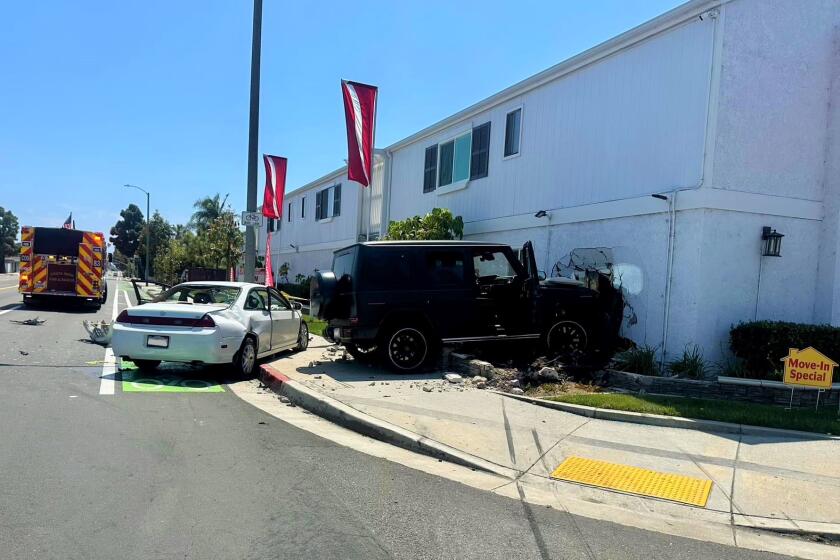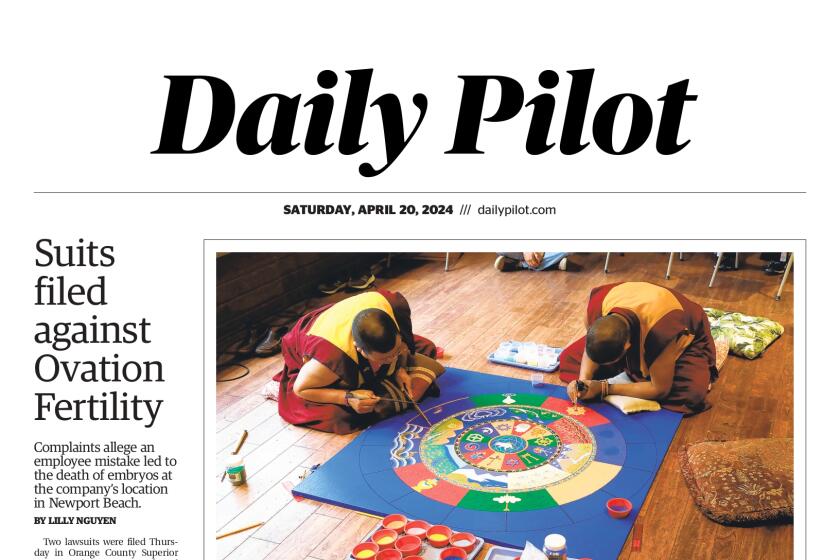Laura’s House and LGBT Center team up to support domestic violence victims

More than 250,000 women and children in Orange County are experiencing some form of domestic violence today, estimates the local domestic violence shelter Laura’s House.
And while abuse affects everyone equally — “there are no socioeconomic barriers to domestic violence whatsoever,” said Laura’s House CEO and executive director Margaret Bayston — reporting of this crime is often uneven, so that marginalized groups, such as the LGBTQ community, are particularly hesitant to come forward, something experts say is in part the result of stigma and a lack of culturally competent resources.
To bridge this gap, Laura’s House and the LGBT Center of Orange County are partnering to ensure that LGBTQ victims of domestic violence have the specific tools and support they need to get help.
“We want to make sure that we’re able to provide services to all victims of domestic violence regardless of their sexual orientation,” said Bayston. “We’re trying to fill the gaps so that our LGBT population gets exactly the same services as everyone else.”
Peg Corley, executive director of the LGBT Center of Orange County, said the first issue the partnership is tackling is raising awareness about domestic violence.
“Our old way of thinking is that it happens in a heterosexual relationship, and that it’s typically the male abusing the female,” she said. “So if it isn’t the stereotypical male being abusive to the stereotypical female, those cases go underreported.”
According to the Centers for Disease Control, one in four women nationwide have experienced severe physical violence from an intimate partner.
While Bayston explained that heterosexual and same-sex domestic violence often look the same — with cycles of physical, psychological and emotional abuse — there’s one big difference for LGBT victims.
“It’s hard to disclose that your intimate partner is abusing you if people don’t know that you’re gay,” she said, noting that many abusers use the threat of outing as a way to control victims and prevent them from leaving the relationship.
Another challenge for LGBTQ victims of domestic violence is access to resources.
Even though Orange County has several shelters, the LGBT community may not always feel comfortable seeking help at one, said Corley.
“Even though a shelter or organization may be open to serving anyone in the community — even if they’re LGB or T — if they’re not culturally competent, very quickly that becomes apparent to the person seeking services,” she said, offering the examples of intake not referring to transgender individuals by their preferred pronoun, or doctors not knowing how to talk to lesbian patients about their sexual history.
“So they’ll leave, they’ll shut down, and won’t fully link to that care being offered.”
The collaboration between Laura’s House and the LGBT Center is aimed at tackling both sides of the resource gap.
According to Yanira Mendez, prevention education specialist for Laura’s House, the shelter has started speaking to youth and support groups at the LGBT Center about what domestic and dating violence is and how to address it.
The LGBT Center, meanwhile, is providing “LGBT 101” and “trans 101” sensitivity training courses to the staff at Laura’s House.
In addition, Laura’s House and the LGBT Center are working with local law enforcement authorities on how to handle same-sex domestic violence situations, because, as Bayston explained, “It can often look like mutual combat because it’s not easy to identify who’s the victim and who’s the aggressor.”
By developing this partnership, Bayston and Corley say they hope that LGBTQ victims of domestic violence will be better able to identify abuse — and know that if they come forward, resources specifically designed for them will be available.
“We want to eliminate that fear right at the outset,” Corley said. “We want Laura’s House to be a safe haven the way it’s designed to be without that barrier of service.”
For more information, visit laurashouse.org.
CAITLIN YOSHIKO KANDIL is a contributor to Times Community News.
All the latest on Orange County from Orange County.
Get our free TimesOC newsletter.
You may occasionally receive promotional content from the Daily Pilot.




